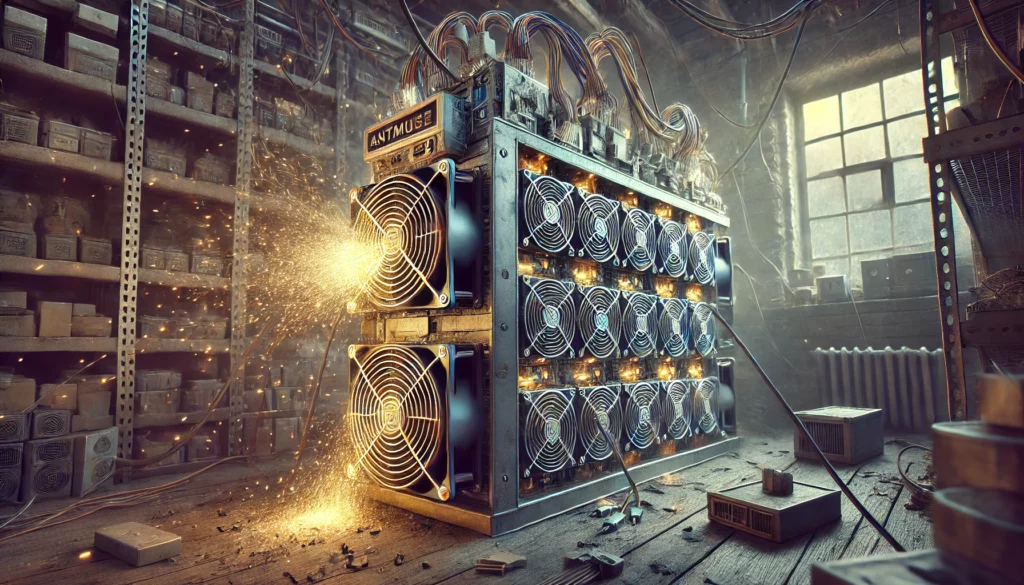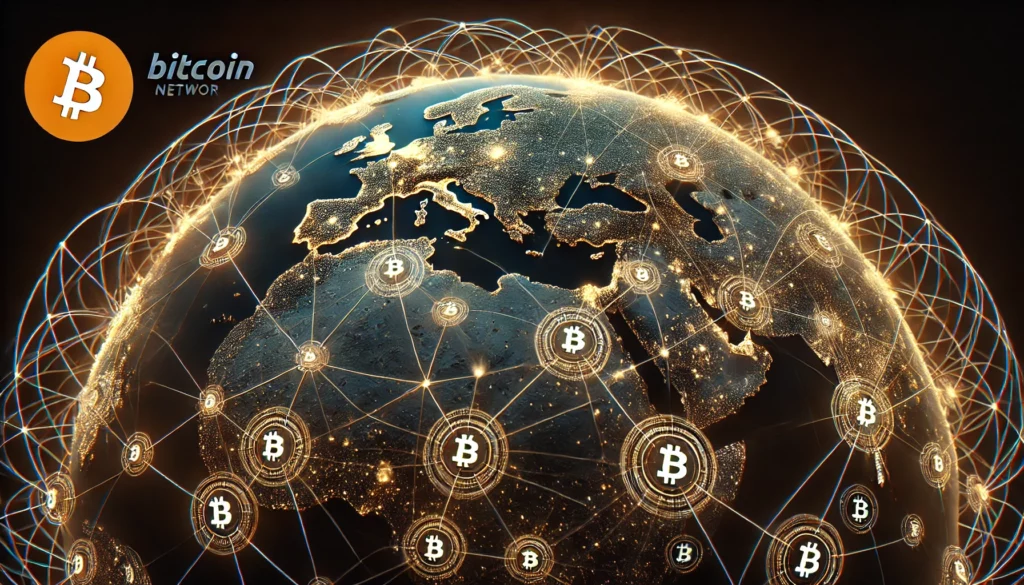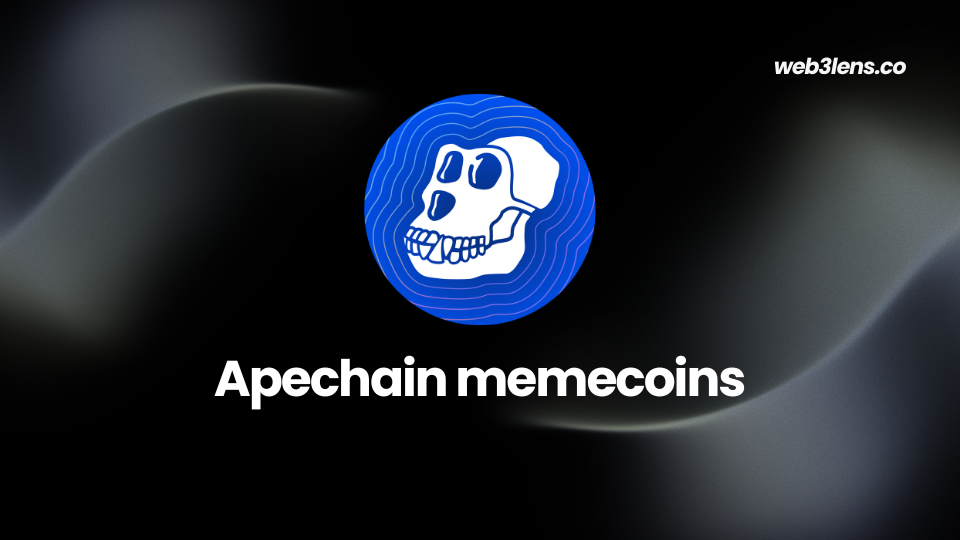
Who created Bitcoin? It’s a question that’s intrigued millions, and HBO’s new documentary, “Money Electric: The Bitcoin Mystery,” tries to unravel that puzzle. Spoiler alert: it leaves you with more questions than answers. But let’s cut through the noise—I’m here to tell you what’s really going on behind the scenes, where HBO hit the mark, and where they totally missed the point.
I’ve been neck-deep in crypto since 2017—trying everything from gift cards to Bitcoin credit card—and I’m also a developer over at Build3rs Labs. So, I know a thing or two about what’s real and what’s hype when it comes to Bitcoin. Let’s dig in and figure out if HBO got it right or just created more confusion.
The Good, the Bad, and the Ugly: A Review of “Money Electric”
HBO’s documentary takes a deep dive into Bitcoin’s history, the mystery of Satoshi Nakamoto, and the concept of a currency that’s beyond government control. It’s well-funded, sure, but does that mean it’s accurate? Not so fast.
Here’s the breakdown:
ASC Miner – A Missed Opportunity for Realism
The first mistake comes early on. There’s a scene where a journalist tries to fire up an old ASC Miner—likely an Antminer S9 from 2017. Now, these machines are loud. Think chainsaw-level noise, around 85 dB. Yet, the documentary makes it look like it’s running in an eerily quiet room. And then—boom—the power goes out. It’s theatrical, but it’s all smoke and mirrors.
These miners are industrial-level beasts, not made for some quiet office demo. The show turned it into a spectacle, which missed the point entirely—Bitcoin mining is a serious process, not a demo gone wrong.

Bitcoin’s Origins: Not as Mysterious as HBO Suggests
The documentary also skips right from Bitcoin’s creation in 2009 to El Salvador adopting it in 2021, implying there’s some giant mystery in between. But here’s the truth: Bitcoin’s code is open-source. Satoshi Nakamoto, whoever that is, made it available to the world from the start.
There’s no elite conspiracy behind its creation. The source code’s always been there for anyone to see. HBO’s portrayal of it as some untouchable enigma is just lazy storytelling.
Misunderstanding the Genesis Block
The “Genesis block” part—the first Bitcoin block—gets twisted too. The documentary claims the famous “Chancellor on brink of a second bailout” line was a subtle declaration of war against the financial system. Wrong. It wasn’t about making a political statement; it was to prove that Bitcoin wasn’t pre-mined. Satoshi wanted transparency, not revolution.
The Future of Bitcoin: Still Misunderstood
The documentary says Bitcoin will “run out” in 2140. Fair enough. But they forget to mention that miners will still get paid through transaction fees. The system’s security doesn’t end with the last block being mined. Transactions keep the engine running.
Satoshi and the Bitcoin Talk Forum
Another blunder? They say Satoshi created the Bitcoin Talk forum. He didn’t. Before Bitcoin Talk, Satoshi was using a SourceForge forum, which later became impractical. Bitcoin Talk was created for the growing community, but Satoshi didn’t host or build it from scratch.

Rubini’s Banking Misconception
Then there’s Nouriel Rubini, famous economist, who says if there’s a wrong bank deposit, a simple phone call fixes it. Not true. Fixing banking errors involves complex processes. And Bitcoin’s whole point is that it’s peer-to-peer and irreversible. Once you make a transaction, that’s it—no one can undo it. Rubini’s take was misleading, to say the least.
The “Million Satoshi Panic”
Another point they hammered home: if Satoshi’s 1 million Bitcoin were dumped on the market, it could destroy the network. But that’s just over-exaggeration. Bitcoin’s value comes from its network effect and decentralization—not from any one wallet, even one that big.
If those coins were ever moved, the community could even hard fork the network, isolating those coins. Bitcoin’s history proves it can survive massive shocks—from exchange hacks to regulatory crackdowns.

Burn Addresses and Bitcoin Maximalism
There’s also a bit about how Satoshi could have “burned” his coins. The first known burn address didn’t exist until 2011. Burning coins wasn’t a thing in 2009, so this claim is pure speculation.
Lastly, they paint Bitcoin maximalists as some kind of cult. The term itself was coined by Ethereum’s Vitalik Buterin as an insult. And yeah, some Bitcoin folks defend it aggressively, but that’s only because altcoins have often tried to ride Bitcoin’s coattails while offering less.
FAQs
Who created Bitcoin? Satoshi Nakamoto, a pseudonym for either one person or a group, created Bitcoin. Their identity remains a mystery.
Why did Satoshi include “Chancellor on brink of a second bailout” in the Genesis block? It was to show that Bitcoin wasn’t pre-mined. It’s a timestamp, proving the creation happened in real time.
What happens when all the Bitcoin is mined? Miners will still get paid through transaction fees, keeping the network secure and running smoothly.
Is Bitcoin truly anonymous? Bitcoin is pseudonymous, not anonymous. Transactions are recorded on a public ledger—so while names aren’t attached, transactions can still be traced.

Wrapping It Up
So, who created Bitcoin? HBO’s documentary, “Money Electric: The Bitcoin Mystery,” might make you think there’s an untouchable secret at the heart of Bitcoin. But the truth is simpler. Satoshi Nakamoto put the pieces in place, made it open-source, and let the rest of us build from there. While HBO tries to add layers of mystique, the reality is—Bitcoin’s story is out there for everyone to see. The real question is, are you ready to understand it?
Remember: Don’t trust. Verify.
📚 Similar content you might like:
👉Material Bitcoin review: Your trusted metallic wallet for Bitcoin storage 🔐
📌 Never miss a new post! Follow us:
👉 Linkedin
👉 X (Twitter)
👉 Facebook
👉 Meta
👉 This article is provided by Web3Lens, learn more about us here.

